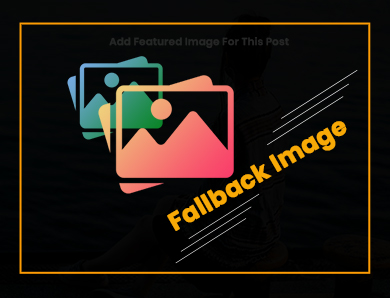
How to Build a Powerful Architecture Portfolio
For a long time, it has been known that the more desirable a job opening is, the less time will the employers have to go into detail with all job applicants. This is why, in the past couple of decades, making a good resume or portfolio has become an art. It should communicate with your potential employers instead of you, and convince them that you are a person worth considering. Things are no different in the world of architecture when your potential employers must know what you are able to do in a limited amount of time they have to spare. Here some tips on how to build a good architecture portfolio that will land you the best job possible.
How do portfolios work?

A portfolio is nothing more than a collection of your work that you take to your potential employer so that they can assess your proficiency, creativity, and overall skill as an architect. You could potentially fit everything and anything in there, from your grocery list to your academic papers. However, neither of those is very useful for leaving a long-lasting impression on your potential employer. There are some things that you should take into consideration when building your portfolio.
1. Know your audience
Just like any resume or presentation, your portfolio needs to speak for you, which is why you should assess the audience you are showing it to. If you are trying to land a job at an architectural company, take a look at their work, and then choose and highlight work in your portfolio that you think is similar or relevant for their needs. In this way, the employers will be able to estimate how well you would perform your job at their company.
2. Keep it simple
When it comes to resumes and portfolios, less is always more. As we mentioned, there is not enough time for the employer to look at all the details in an applicant’s portfolio. This is precisely why you should structure yours so that one quick glance can reveal the most important points. Obviously, you should avoid overcrowding, and do not include too many projects. In order to show that you are a creative person with lots to say, avoid using any projects that are more than five years old.

3. Always bring backup
Things have to fail at some point. Systems crash, USB drives malfunction, the power grid can go down –anything can happen, which is why it is essential to come prepared. Aside from having an extra digital copy of your portfolio on a separate drive that you can use in case the primary one fails, you should also bring a paper copy of it in case there is no way to access or open your digital version. Also, taking a physical copy with you just gives you a more professional look altogether. There are many things you can do to improve the way your potential employer perceives you, but these few tips are what you should really focus on, in order to give off the best possible impression in your interview.

